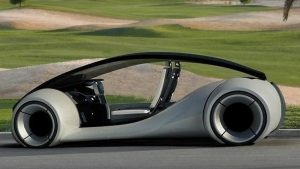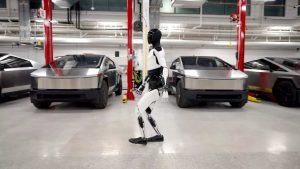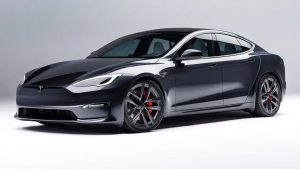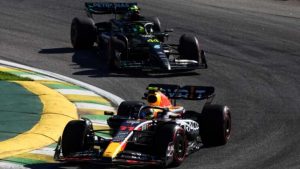Kia Unveils Platform Beyond Vehicle (PBV) Strategy with Focus on Electric Vans
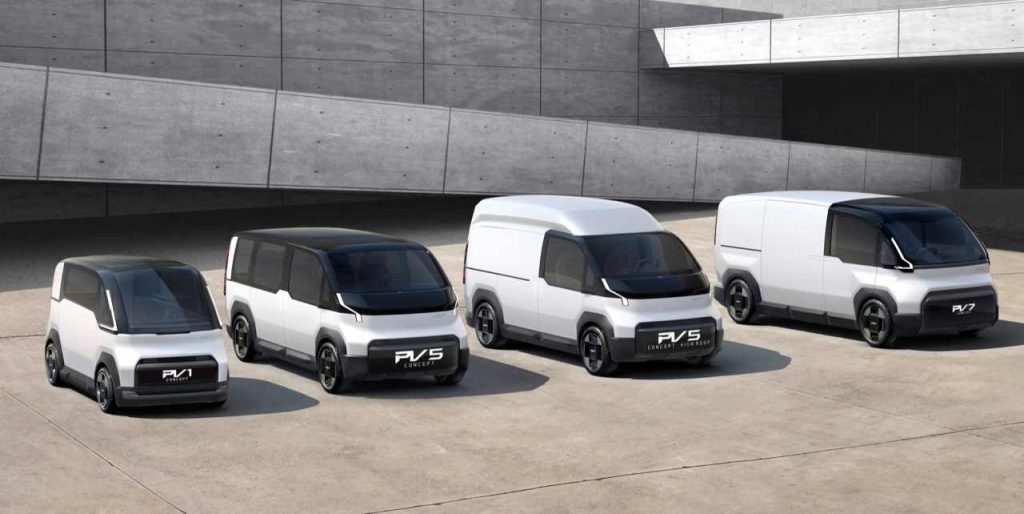
Kia PBV Concept Lineup (greencarreports.com)
Kia Outlines Modular PBV Strategy, Reveals First Electric Van (PV5) and Roadmap for Future Mobility Solutions
Kia has provided a comprehensive update on its Platform Beyond Vehicle (PBV) strategy, emphasizing modular vehicles tailored for last-mile delivery and diverse applications. Unveiled at CES in Las Vegas, the strategy introduces a dedicated PBV business overseeing products, software integration, and global partnerships. The initiative marks Kia’s foray into the rapidly evolving electric van market and aligns with its goal of selling 1.6 million EVs globally by 2030.
Dedicated PBV Factory (2025): Kia plans to establish a specialized PBV factory, slated to commence production in 2025, with a capacity of up to 150,000 vehicles annually. This manufacturing hub will play a pivotal role in realizing Kia’s ambitious EV sales targets.
PBV Product Lineup:
Kia PV5: Positioned for ride-hailing and last-mile delivery, the PV5 features a versatile, van-like design. Noteworthy elements include a pillarless door opening and a low loading height for seamless access.
Structural Innovation: Departing from traditional EV designs, Kia introduces a unique approach with no mention of a skateboard platform. The “driver zone” remains consistent, allowing interchangeable upper-body “life modules” to be connected through hybrid electromagnetic and mechanical coupling technology.
Versatile Vehicle Chassis Design:
The PBV structure, described as weldless, enables flexibility and adjustment, facilitating different layouts based on regional or functional requirements, spanning goods transport, personal mobility, and logistics.
Five Defined Versions of PV5:
Basic: Wide double doors for cargo.
Van: Low profile with maximized height.
High Roof: Extended for upright loading and driver workspace.
Robotaxi: Passenger-oriented, operated with Motional.
Chassis Cab: Chassis rails and cab, enabling custom body configurations.
Three-Phase Roadmap:
First Phase: Introduction of PV5 and foundation for PBV strategy.
Second Phase: Evolution into AI-based mobility platforms with advanced software and expanded product lines, including larger PV7 and smallest PV1 designed for short-distance logistics.
Third Phase: Further expansion, integration of rail systems, and enhanced software offerings.
Software and Services:
Kia emphasizes software integration for fleet management, inventory monitoring, and intelligent route planning.
Charging solutions will incorporate schedules and breaks tailored to diverse needs.
Additional Models Displayed at CES:
Concept EV3 hatchback and Concept EV4 sedan showcased alongside production models EV6 GT and EV9.
Kia’s PBV strategy signals a commitment to innovation, adaptability, and a future-focused approach in the evolving electric vehicle landscape.

